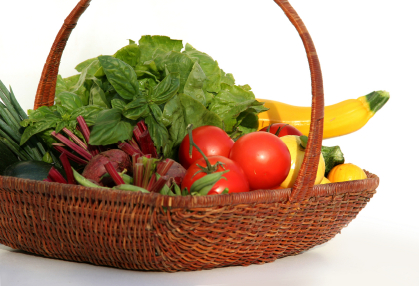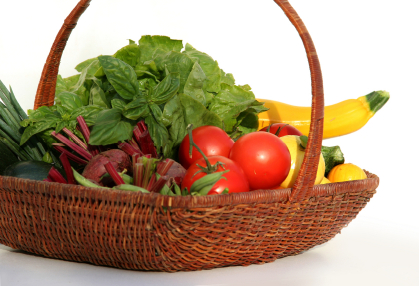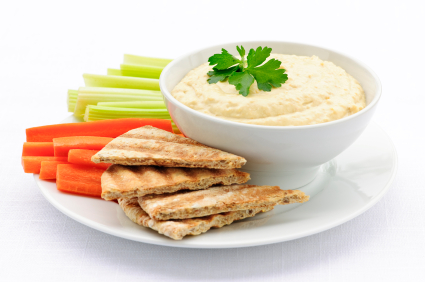Stay well this Fall and Winter!
Fall is officially here and that also means “cold and flu” season is approaching as well. Nobody likes being sick, and I’m sure you don’t have the time for it either. You can fight off catching a cold or flu by taking some simple steps to boost your immune system.
The words immune boosting have been used so often for mass marketing that it’s hard to know what really works. The tips I’m sharing below are not theory. They are my own personal immune boosting secrets. My clients can vouch for me when I tell you it’s very rare for me to even catch a cold.
Use these proven tips to build your immune system!
1) Vitamin D. Researches believe that one of the reasons we catch colds during the winter months is a lack of Vitamin D. Make sure you are getting outside when the weather allows. Ask your doctor to check your Vitamin D levels. Your doctor may recommend that you take a Vitamin D supplement to help boost your immune system.
2) Eat immune boosting foods! Yes, there are foods that help boost your immune system. Broccoli, almonds, cabbage, watermelon, garlic, spinach, sweet potatoes, button mushrooms, oysters, yoghurt, wheat germ, acai berry, elderberry, and grapefruit are all considered to be immune boosting foods. Incorporate these foods into your daily diet. Look for recipes that include them and get creative with snack choices.
Variety is important when choosing foods for their nutritional value. Each food offers its own unique benefit. Avoid buying into the marketing hype around one magic food that can do it all.
3) Get enough sleep! Per WebMD, the average adult needs 7 to 8.5 hours of sleep per night. Lack of sleep can compromise your immune system, making you more vulnerable to colds, flu, and other more serious illnesses.
4) Exercise! Moderate exercise is proven to boost the immune system. Studies have also shown that thirty minutes of moderate exercise can improve your sleep as well.
5) Hit the coffee shop! Coffee and tea are both rich in antioxidants. Studies have shown that they can fight off illnesses when consumed in moderation. Too much caffeine can interrupt sleep and cause your body more harm than good. It seems that some people metabolize caffeine quicker than others. If you know it keeps you up at night, you may want to limit consumption to the morning hours.
Years ago I heard the words of a very wise nutrition expert Dr. Peter Levy. They were so powerful! He said, “60% of all symptoms in people could be easily reversed with proper nutrition and exercise.” I believe with all of my heart that he’s right.
Have any immune boosting tips you’d like to share? Please comment below! I really love hearing from you!
To a healthy Fall and Winter season!
Jennifer



